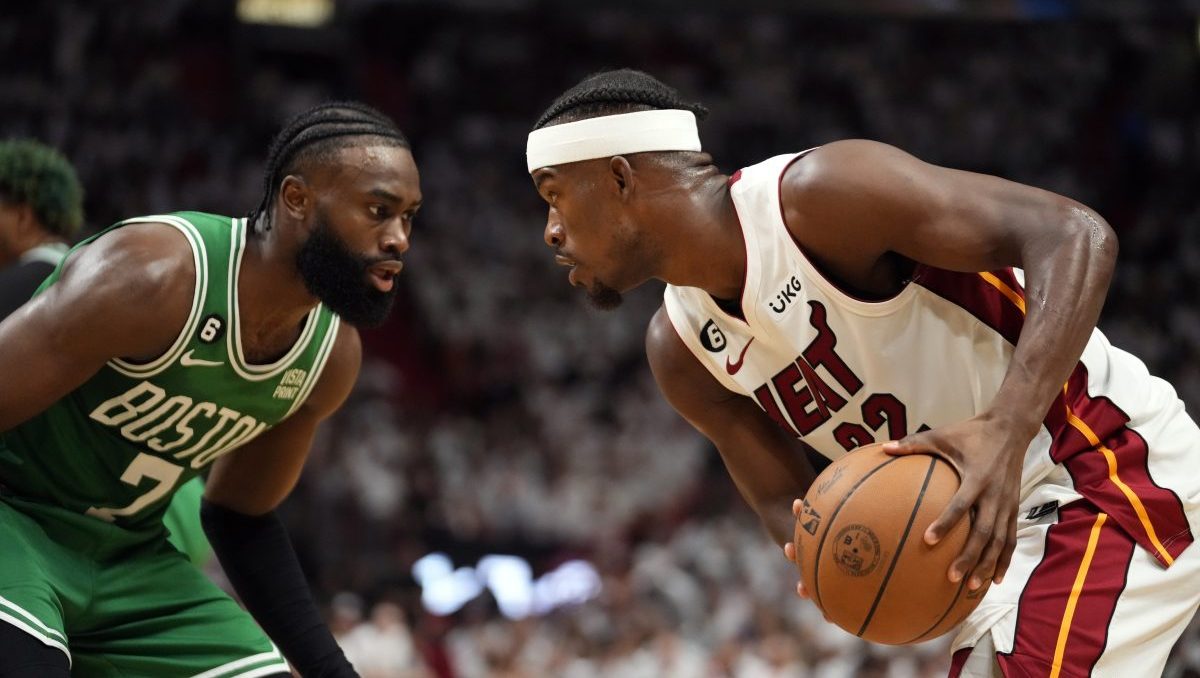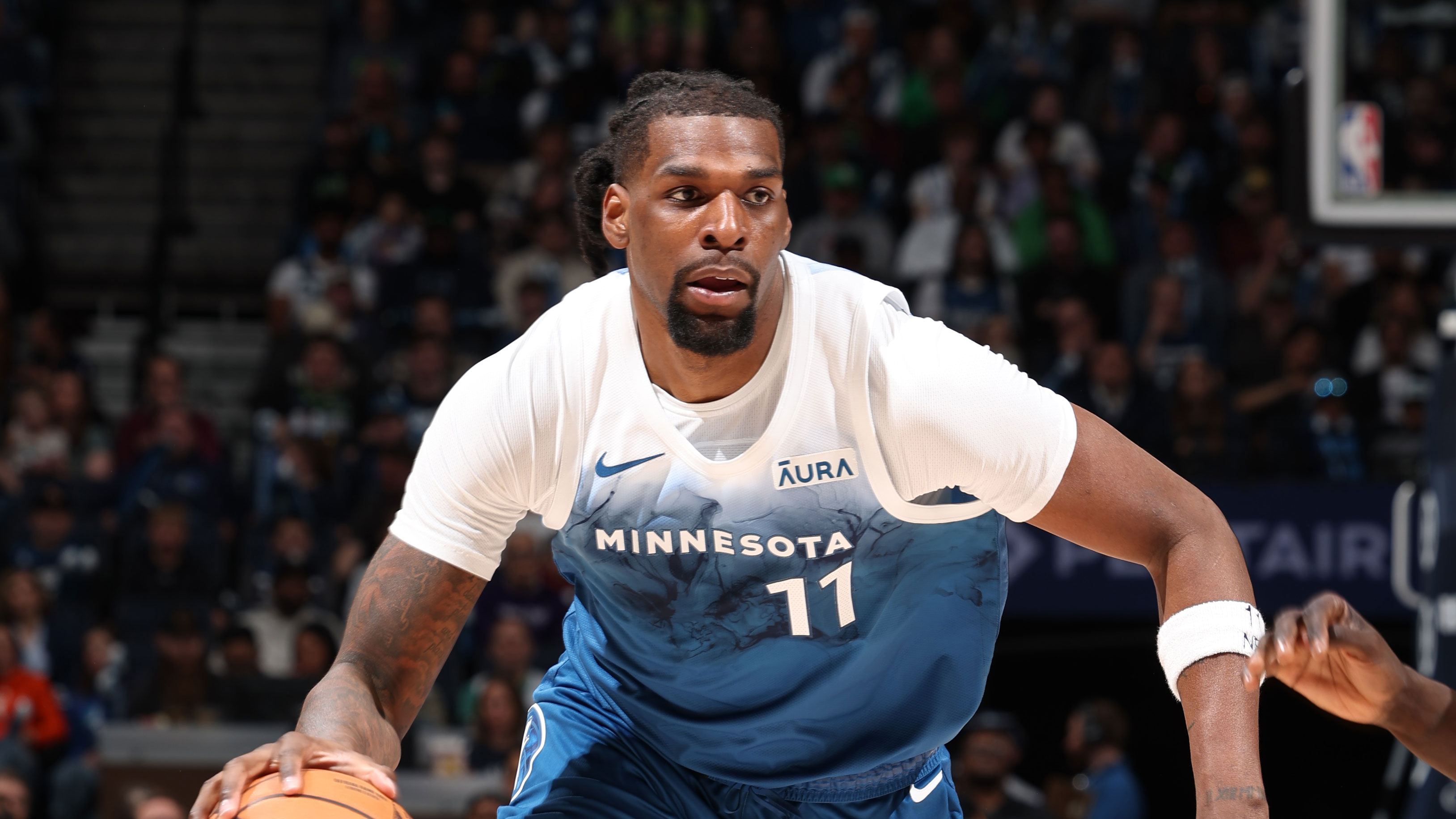The Cavaliers headed into Saturday night’s game at Wells Fargo Center with a 12-21 record and nine players available.
Though the Sixers should've dispatched the Cavs on paper, they found themselves down 13 points in the second quarter. They overcame that deficit in the second half but could never ease past Cleveland.
Joel Embiid missed a baseline jumper on the Sixers' final possession of regulation, sending the game to overtime.
Stay in the game with the latest updates on your beloved Philadelphia sports teams! Sign up here for our All Access Daily newsletter.
“... That’s my shot, and I’ve been working on it," Embiid said. “It’s unfortunate I missed it. So what? You move on, you learn from it. The next time there’s that opportunity, I’m sure I’m going to make it.”
Cleveland scored the first five points of the extra session and held the Sixers off for a 112-109 win, dropping the Sixers to 22-12.
Embiid led the team with 42 points, 13 rebounds and six assists. Ben Simmons recorded 24 points on 11-for-17 shooting, eight assists and seven rebounds.
The Sixers will play the Pacers Monday in their penultimate game before the All-Star break. Here are observations on Saturday’s loss:
NBA
Feeling Harris’ absence
Furkan Korkmaz started in place of Tobias Harris, who was out with a right knee contusion. It was apparent early that the Sixers didn’t have a true third scoring option as Embiid and Simmons combined to score 33 of the Sixers’ 47 first-half points, shooting 11 for 20 from the floor. Their teammates made 4 of 16 field goals. Seth Curry never found his shooting stroke, missing 12 of his 13 shots in the game.
“Not really," head coach Doc Rivers said when asked whether he was concerned about Curry. “I just think shooters shoot, and they go through little stretches. I don’t think he’s been very consistent since he’s returned from COVID. We have heard that other players have been in and out like this, as well. ... They’ve told us to just keep playing him, and that’s what we’re doing.”
Instead of being able to post Harris up on a smaller forward or giving him the ball in advantageous pick-and-roll situations, the Sixers were reliant on their two All-Stars. That’s one of many reasons the team will hope Harris is cleared to return soon.
“That’s 20 and 10, pretty much," Danny Green said. “You miss him, especially another perimeter shooter, another scorer, another guy that can get to the free throw line, a bigger guy who can defend a little bit and rebound. We got outrebounded tonight. We definitely missed him tonight. Hopefully he comes back soon. Regardless of who we have on the floor, who’s healthy or injured, we’ve got to come out and play for 48 minutes. There’s no excuses. We’ve got to find ways to win.”
Mike Scott took Korkmaz’s spot to open the second half and played decently, scoring five third-period points and providing defensive greater solidity. Tyrese Maxey re-entered the rotation late in the third quarter with Rivers trying to buy some rest for both Simmons and Embiid before crunch time.
“Just anybody with speed or pace, or someone that would play hard," Rivers said of his decision to play Maxey. “I actually thought he did that. I thought he was pretty good. You could see he hadn’t played in a while with some of the things that he did, but this is one of those games where you’re just searching. I thought Mike Scott gave us a big lift in the third quarter. He’s on a minutes restriction, so we used all his minutes up, unfortunately. I thought he would’ve helped us down the stretch, as well.”
With Korkmaz at the line for three free throws and the Sixers trailing by a point with 6.6 seconds left in the third, the team looked likely to enter the final quarter with a lead. However, Korkmaz missed two of the three foul shots, and Collin Sexton (28 points on 11-for-27 shooting) converted a layup off of his final miss. Shake Milton (11 points, six rebounds) closed the game over Korkmaz.
The zone can’t solve everything
The Sixers turned to a zone at the start of the second period that featured Simmons and Matisse Thybulle at the top of the defense. Cleveland responded by using a zone of its own, which meant an NBA game had a rare handful of zone vs. zone minutes.
Neither team gained a meaningful edge during that stretch. Thybulle had nice moments on both ends of the floor, including a steal that led to a Simmons dunk and a three-pointer from the right wing.
Still, the Cavs were able to find the soft spot of the zone several times, and the Sixers’ offense couldn’t consistently manage open shots.
The Cavs had plenty of transition success early, scoring 15 fast-break points within the first 15 minutes, and the Sixers’ sloppiness certainly didn’t help their cause. In general, the Sixers lacked energy and sharpness in the first half. Rivers called a timeout with 5:58 left in the second quarter and his team down 13, displeased as the Sixers began another possession that didn’t seem to have a clear aim.
A zone remains a sensible change of pace option for the team, but occasions in which it dramatically shifts the game’s momentum and sparks the Sixers like on Jan. 31 against the Pacers are unusual.
Embiid gets back on track
Though Embiid missed a turnaround jumper on the Sixers’ first possession, it was immediately obvious that tossing him the ball was the team’s best bet at producing good offense.
Rivers noted after Thursday's game that he’d prefer Embiid not actively try to draw fouls, but one can understand why it would be tempting to do so, given Embiid’s knack for it. Legally coping with his size and skill is no easy task, and he’s very good at exploiting that fact.
The All-Star big man shot 14 for 16 from the foul line, the 10th consecutive game he’s had 10 or more free throw attempts. Embiid entered Saturday having shot only 26.4 percent from the floor over his last three contests, but he looks to be one of the NBA’s most slump-proof players.
The Cavs double teamed Embiid more frequently in the second half, adopting the common strategy of asking other Sixers to beat them. Embiid mostly struck the right balance between passing to the open man and powering through contact to score when possible.
“I thought, especially in the fourth and overtime, posting me up gave us a lot of looks," Embiid said. “We scored a lot out of that, whether it was me or me kicking out the ball and (teammates) swinging it to the other side. It’s hard to just keep on doing that. It becomes easier for the other team to guard. Now, you have another perimeter threat like Tobias where you can give him the ball, run a pick-and-roll — and also post him. I think that’s where we missed him a lot in half-court offense.”
Simmons’ continued development as a scorer in the post was another positive takeaway for the Sixers. Cleveland didn’t have the right personnel to handle him, especially on a night in which the team was so shorthanded, and Simmons was attack-minded. He seems to be gaining comfort with his righty jump hook, a shot he drills during his typical pregame routine with assistant coach Sam Cassell. Righty runners and floaters are now regular parts of his arsenal, too.
In seasons past, Simmons was often most concerned with passing from the post, scanning the floor for open cutters. Eventually, Rivers and the Sixers believe he can be a bona fide multi-faceted low post threat.
Simmons' seven turnovers were the biggest downside of his performance. He's turned the ball over 13 times in the Sixers' two losses this season to Cleveland.


